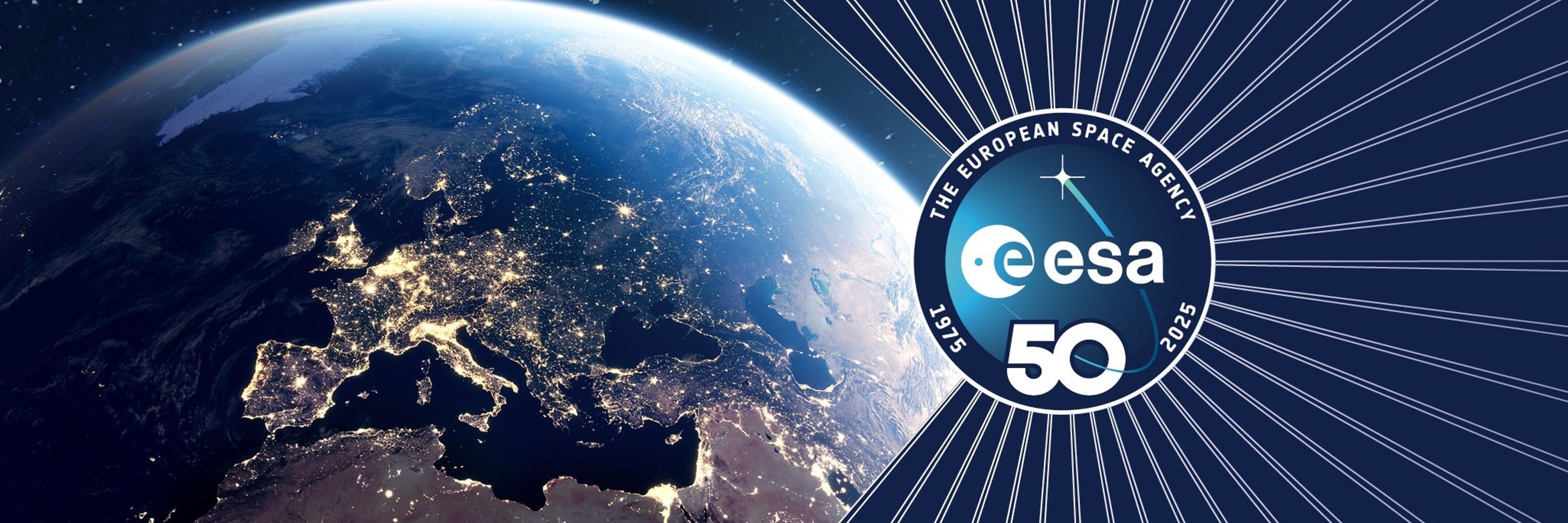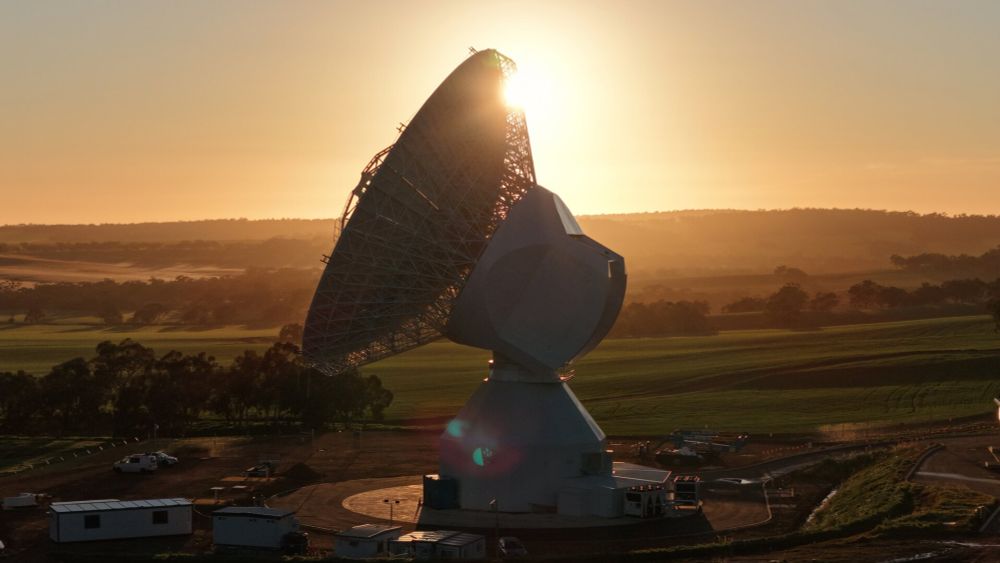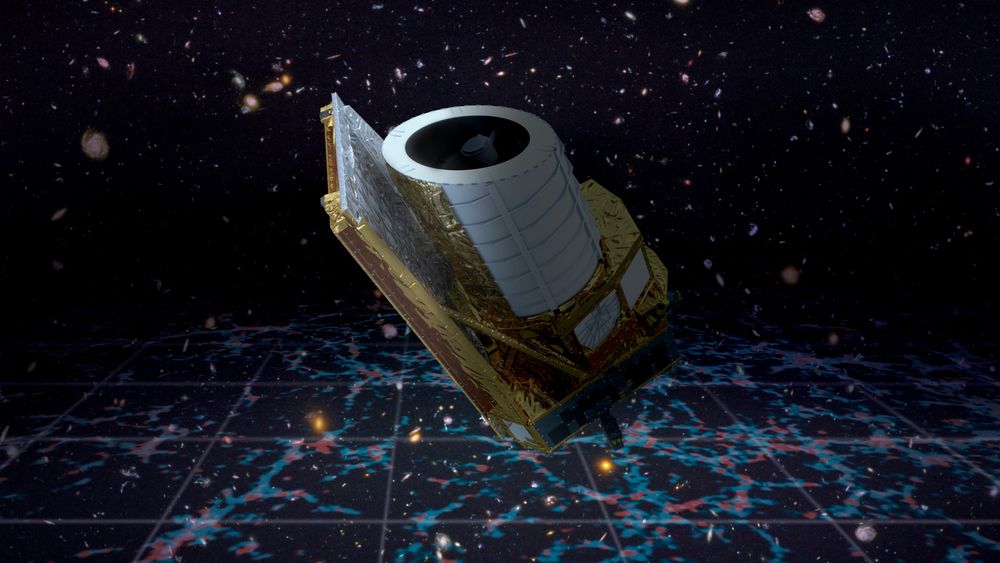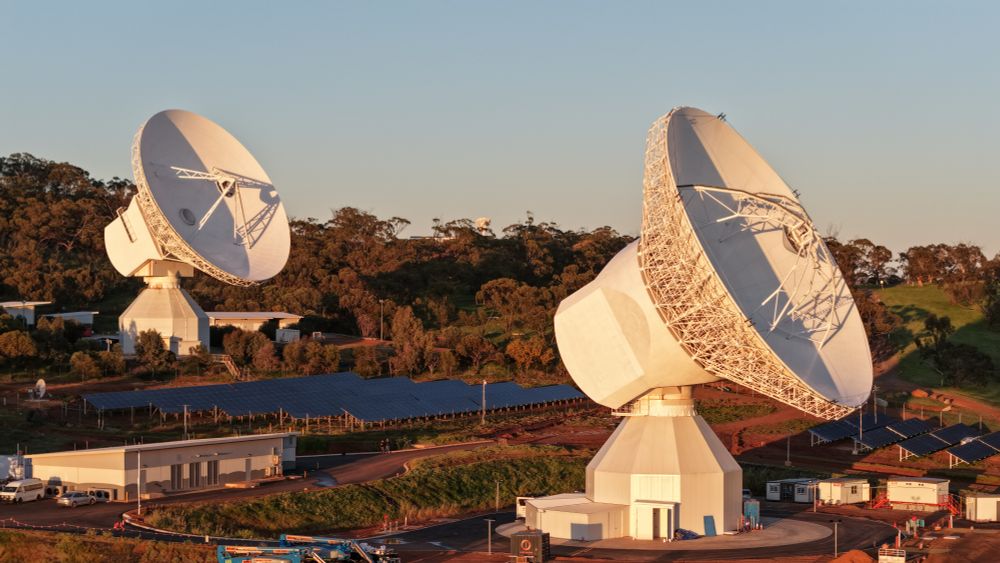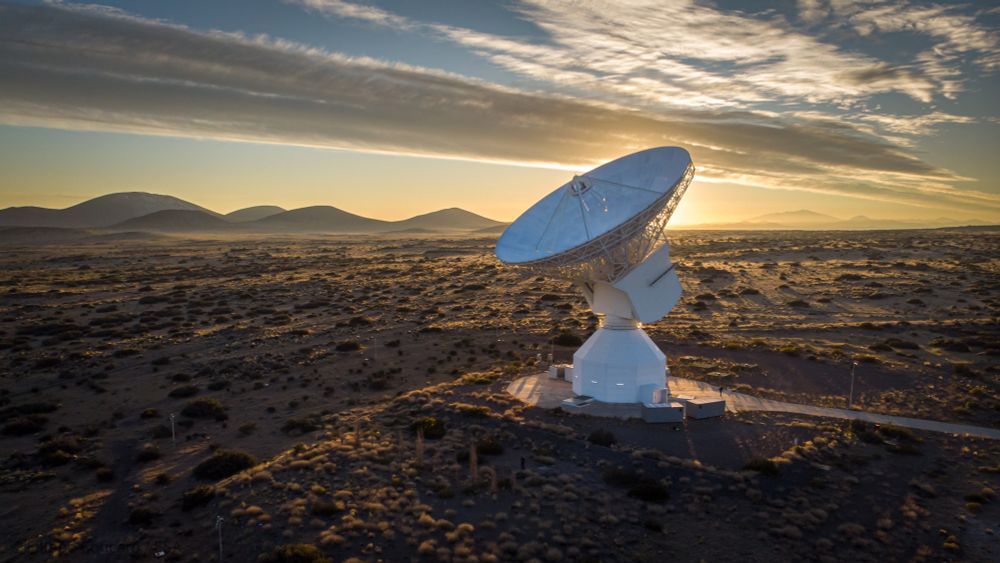ESA Operations
@operations.esa.int
5.5K followers
35 following
200 posts
From Earth orbit to deep space: sharing the excitement of real-time mission operations at the European Space Agency. Home for ESA's teams working on Planetary Defence, Space Weather, Clean Space & Space Debris.
esa.int/Operations
esa.int/Space_Safety
Posts
Media
Videos
Starter Packs
Reposted by ESA Operations
Reposted by ESA Operations
Reposted by ESA Operations
Reposted by ESA Operations
Reposted by ESA Operations
